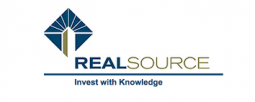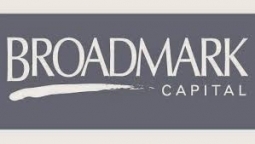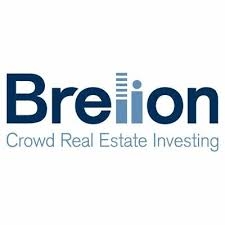Gross Lease Vs Triple Net: Differences Explained
Finding a commercial real estate property for your business or for investment purposes can be a daunting task as there are various types of leases out there and it is important to understand what type of lease it is and all the details associated with that lease. We will talk about the two major types of commercial leases out there: Gross Lease and Triple Net (NNN).
Gross Leases:
In Gross Leases, the tenant pays one fixed large sum as rent for the property and the landlord is responsible for paying property taxes and insurance, utilities, janitorial services and maintenance of the property, often including common area maintenance. In rare occasions, the tenant might be responsible for the utilities. Since the landlord has a lot of responsibilities and some unknown risks and expenses associated with the maintenance of the property, the rent is typically higher and a modified gross lease increases its rates when the expenses for maintenance and utilities rise. In a gross lease, the landlord is not nearly as favored as the tenant as the monthly and yearly rental rate expenses are fixed.
Triple Net Leases:
In Triple Net Leases (Triple-Net or NNN), the tenant is responsible for property taxes, building insurance and all the maintenance costs associated with the property. The fact that it covers all 3 types of expenses - taxes, insurance, and maintenance - makes it a Triple Net lease. The tenant is on the hook for all these types of expenses in addition to the basic rent and utilities for the building.
A triple Net Lease agreement tends to have a lower rent because the tenant assumes all the ongoing expenses for the property. In general, triple net leases are most often used for freestanding commercial buildings and typically with a single tenant even though it could be used in other situations also. It is common for NNN Leases to have an initial term of 10 years or more with annual rent increases that are pre-determined. You can also have a single or double net lease as well as a commercial lease, where some of the extra expenses are handled by the landlord.
Pros and Cons of Gross Leases:
Pro for the tenant: Simpler lease structure with fixed lease costs allows the tenant to plan their monthly and annual budgets easily with respect to rent costs.
Cons: The tenant pays a rent increase on both the base rent and operating expenses – which themselves are subject to change and could create a double tip of increases that the tenant ends up paying potentially.
Pros and Cons of the Triple Net Leases:
Pro (for the landlord): NNN Leases are a pro for the Landlord as the tenant assumes unknown risks associated with the property every year. The landlord has a predictable amount of cash flow each year for the property that was purchased.
Con (for the tenant): The tenant ends up paying the all the expenses (Property Taxes, insurance costs and all the maintenance costs) associated with the operation of the property and many of these expenses can be very unpredictable. To compensate for this headache, it is common for NNN leases to be cheaper than Gross Leases.

_main.jpg)








